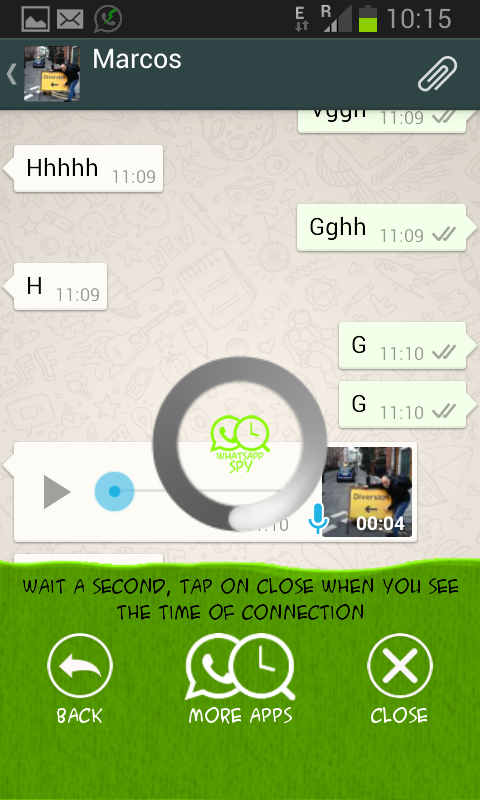

This function is asynchronous, returning a SteamAPICall_t handle which you can use to track the state of the request. Searching for lobbiesTo have your game search for a lobby, you need to call: ISteamMatchmaking::RequestLobbyList Once all users have left a lobby, it is automatically destroyed.

#Steam friends list yellow name full
The Steamworks Example has a full working implementation of lobbies. Lobbies are uniquely identified by Steam ID, like users or game servers.

The matchmaking functions all live in ISteamMatchmaking, which contains more details on the parameters for each function. The Steam peer-to-peer matchmaking API is a set of functions that enable users to find other users to play a game with. Skill-based matchmaking is built on top of this system. A single lobby can have up to 250 users in it, although typically most games have at most 2-16 players. Users can create a new lobby associate data with a lobby search for lobbies based on that data join lobbies and share information with other users in the lobby. A lobby is a entity that lives on the Steam back-end servers that is a lot like a chat room. OverviewSteam's peer-to-peer matchmaking is built around the concept of a lobby. Setup instructions for the VR arcade model

#Steam friends list yellow name Pc
Setup instructions for the PC Café model (incl. PC Café Requirements and Sign Up Instructions Steamworks Virtual Conference: Steam Deck Steamworks API Example Application (SpaceWar)ĭistributing Open Source Applications on Steamĭeveloping for Steam Deck without a Dev-Kit Steam Input Gamepad Emulation - Best PracticesĮvents and Announcements Visibility Stats Reporting User Permission: Receive Steamworks CommunicationĬreating Bundles Across Multiple Developers/Publishers - Betaīroadcasting a Game Demo to the Steam Storeīroadcast Moderation and Adding Moderators


 0 kommentar(er)
0 kommentar(er)
